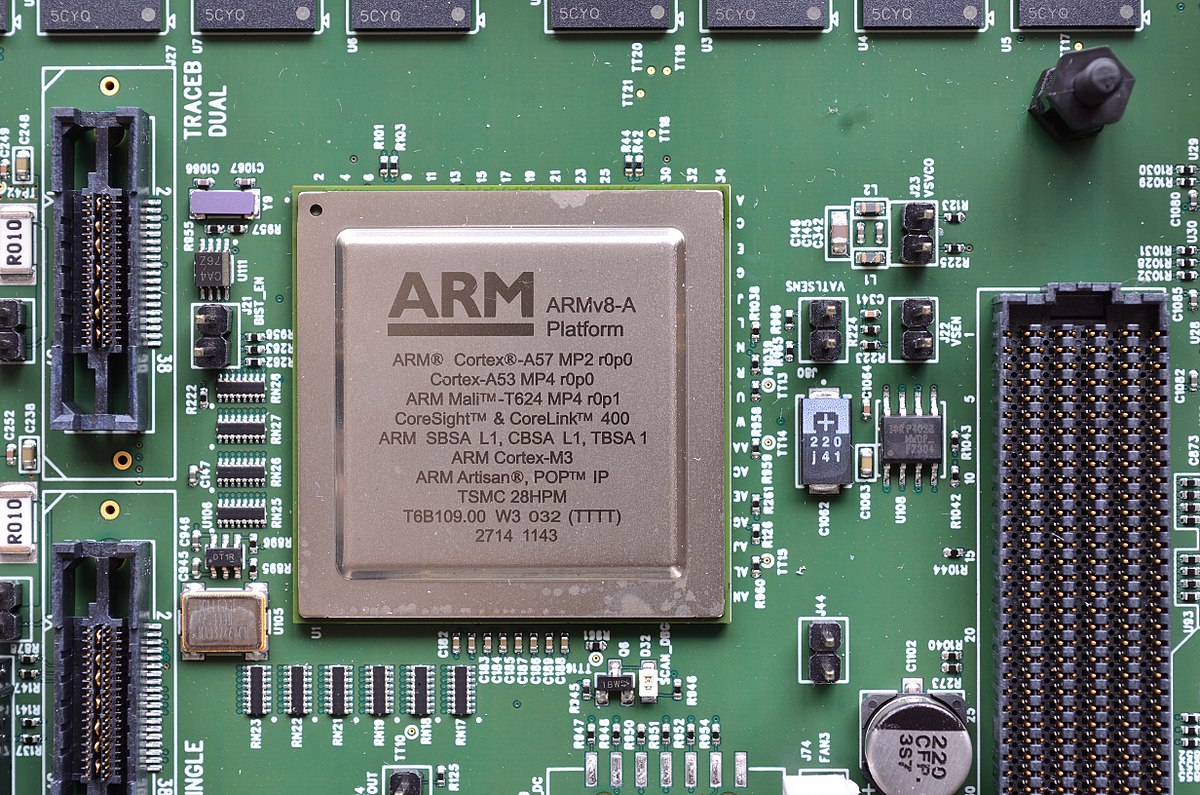- Joined
- Mar 10, 2010
- Messages
- 11,880 (2.13/day)
- Location
- Manchester uk
| System Name | RyzenGtEvo/ Asus strix scar II |
|---|---|
| Processor | Amd R5 5900X/ Intel 8750H |
| Motherboard | Crosshair hero8 impact/Asus |
| Cooling | 360EK extreme rad+ 360$EK slim all push, cpu ek suprim Gpu full cover all EK |
| Memory | Gskill Trident Z 3900cas18 32Gb in four sticks./16Gb/16GB |
| Video Card(s) | Asus tuf RX7900XT /Rtx 2060 |
| Storage | Silicon power 2TB nvme/8Tb external/1Tb samsung Evo nvme 2Tb sata ssd/1Tb nvme |
| Display(s) | Samsung UAE28"850R 4k freesync.dell shiter |
| Case | Lianli 011 dynamic/strix scar2 |
| Audio Device(s) | Xfi creative 7.1 on board ,Yamaha dts av setup, corsair void pro headset |
| Power Supply | corsair 1200Hxi/Asus stock |
| Mouse | Roccat Kova/ Logitech G wireless |
| Keyboard | Roccat Aimo 120 |
| VR HMD | Oculus rift |
| Software | Win 10 Pro |
| Benchmark Scores | laptop Timespy 6506 |
That's exactly what they're competition does, as I said before gate the power per core on or off Ryzens do this, Intel do this ,intel also developed race to idle so that they can turn cores off sooner.A big.little strategy could work for x86 but the devil will be in the details about how quickly the CPU can transition processes between cores when there is such a performance disparity between the little and big cores. Big.little works as a power saving measure because leakage current scales with transistor numbers, so very large cores have much higher leakage current than smaller cores. This puts a floor in how low processors can drop their power consumption during idle, and this effect gets worse with smaller process nodes. If the presence of small cores allows the processor to completely power down the larger cores during light usage scenarios, then power consumption during light usage will be lower. But, for highly variable loads like gaming, the time it takes to move processes from small to large cores will likely lead to degraded performance and prevent any measurable power saving.
A more sophisticated way would be to allow each core to power off certain elements within the core when not required. For example, powering off a FPU unit when not required, or half the L2 and L3 cache when not needed. But that doesn't allow marketing to scream 'MOAR CORES!' so that option is off the table.
Unfortunately for Intel it's just as much an issue of power use under load, I'm not thinking this will fix that.







